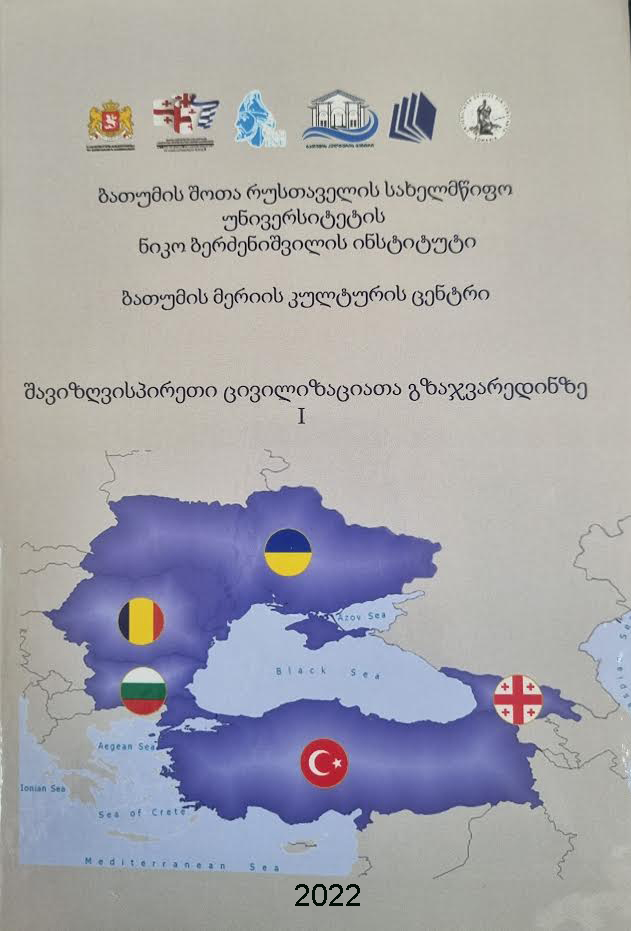Type of Residential House from Khelvachauri
DOI:
https://doi.org/10.61671/bsrcc.v1i.7848Keywords:
Khelvachauri, house, fireplace, ornamentAbstract
The monuments of material culture of different parts of Georgia reflect the level of cultural-historical, socio-economic development and ethnic characteristics of its own population. In this regard, special attention must be paid to the residential and agricultural buildings of Adjara, which have reached the ethnographic reality, which are distinguished by their constructive-architectural characteristics, the use of construction-technical methods and artistic-decorative value.
The paper aims at the ethnographic study of the house of Memed Varshalomidze in the village of Varshalomidzeebi, municipality of Khelvachauri, which was built around the second half of the 19th century. The house is completely destroyed, but its study and introduction into scientific circulation will contribute to the research of residential houses in South-West Georgia, to distinguish a new and different type. Although the architectural sketch of the house was published, nothing was said about the family, the purpose of the paper is to discuss the ethnographic aspects and economic factors that influenced the construction of the house of this plan. The house is also remarkable for the fact that it preserved the samples of folk decorative ornaments, both in the interior and exterior. The peculiarity of the decor lies in the fact that it is a rarity, and its content is based on views from ancient times, such as the motif of the tree of life with the female and male snakes protecting the apartment.
References
დუნდუა, 2006: - გიორგი დუნდუა, თედო დუნდუა, „ქართული ნუმიზმატიკა“, I, გამომც. ,,არტანუჯი“, თბილისი, 2006.
ვარშალომიძე, 1979: - ჯემალ ვარშალომიძე, „ორნამენტი ხეზე“, გამომც. ,,საბჭოთა აჭარა“, ბათუმი, 1979.
მიქელაძე, 1982: - ჯემალ მიქელაძე, საცხოვრებელი და სამეურნეო ნაგებობანი აჭარაში, გამომც. ,,საბჭოთა აჭარა“, ბათუმი, 1982.
ჩიქოვანი, 1959: - თეიმურაზ ჩიქოვანი, ძელური საცხოვრებელი სახლი ბათუმის რაიონში, ბათუმი, ხელნაწერი, ინახება ბსუ ნიკო ბერძენიშვილის ინსტიტუტის არქივში, 1959.
ჩხეიძე, 1961: - ჯემალ ჩხეიძე, შრომის პოეზიის ძირითადი სახეები აჭარის ზეპირსიტყვიერებაში, გამომც. ,,საბჭოთა აჭარა“, ბათუმი, 1961.
ხუციშვილი, 2010: - ქეთევან ხუციშვილი, წინაქრისტიანული რწმენა-წარმოდგენები, „საქართველოს ეთნოგრაფია/ეთნოლოგია“, გამომც. ,,უნივერსალი“, თბილისი, 2010.
Дундуа, 1987: - Дундуа Г. Ф. Нумизматика античной Грузии. Тбилиси. 1987.














